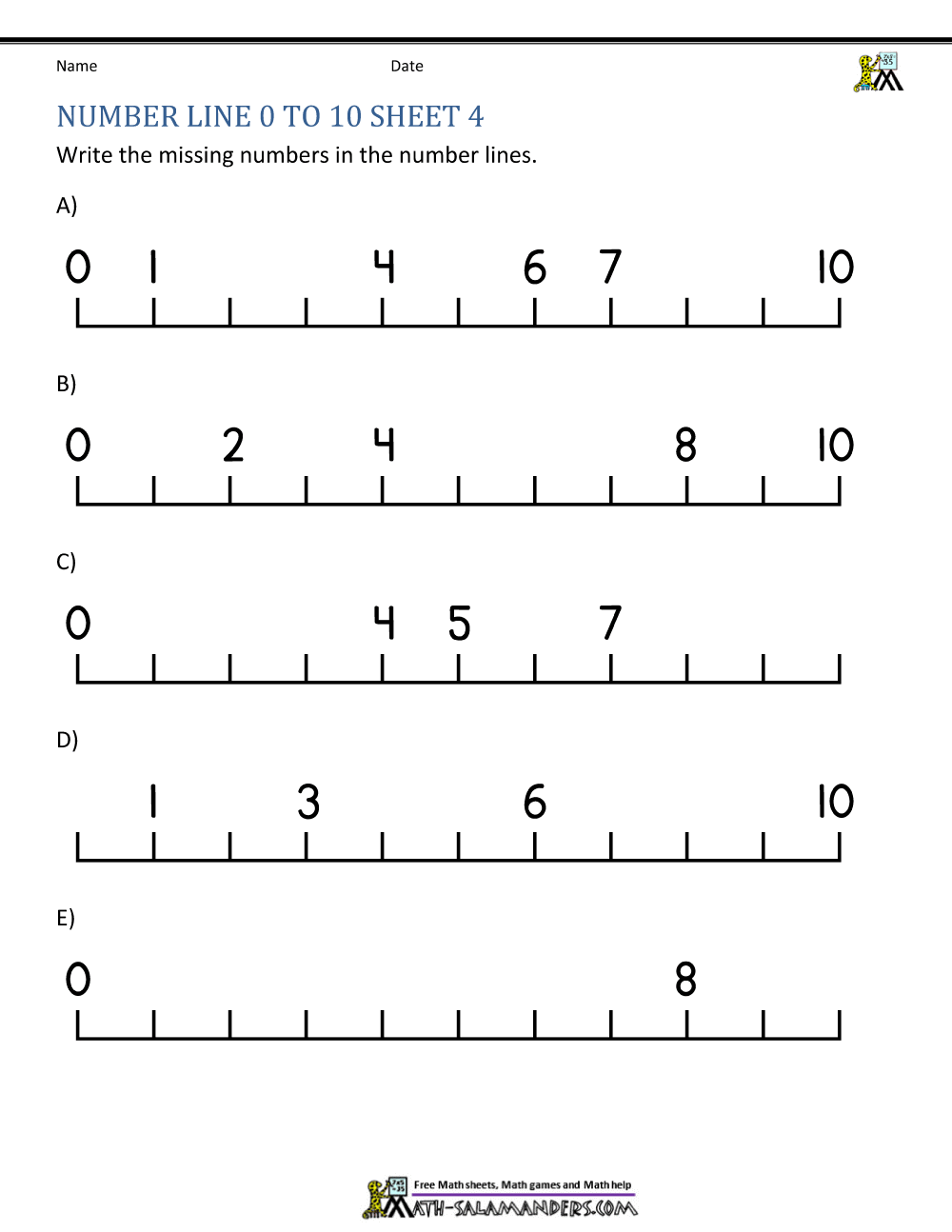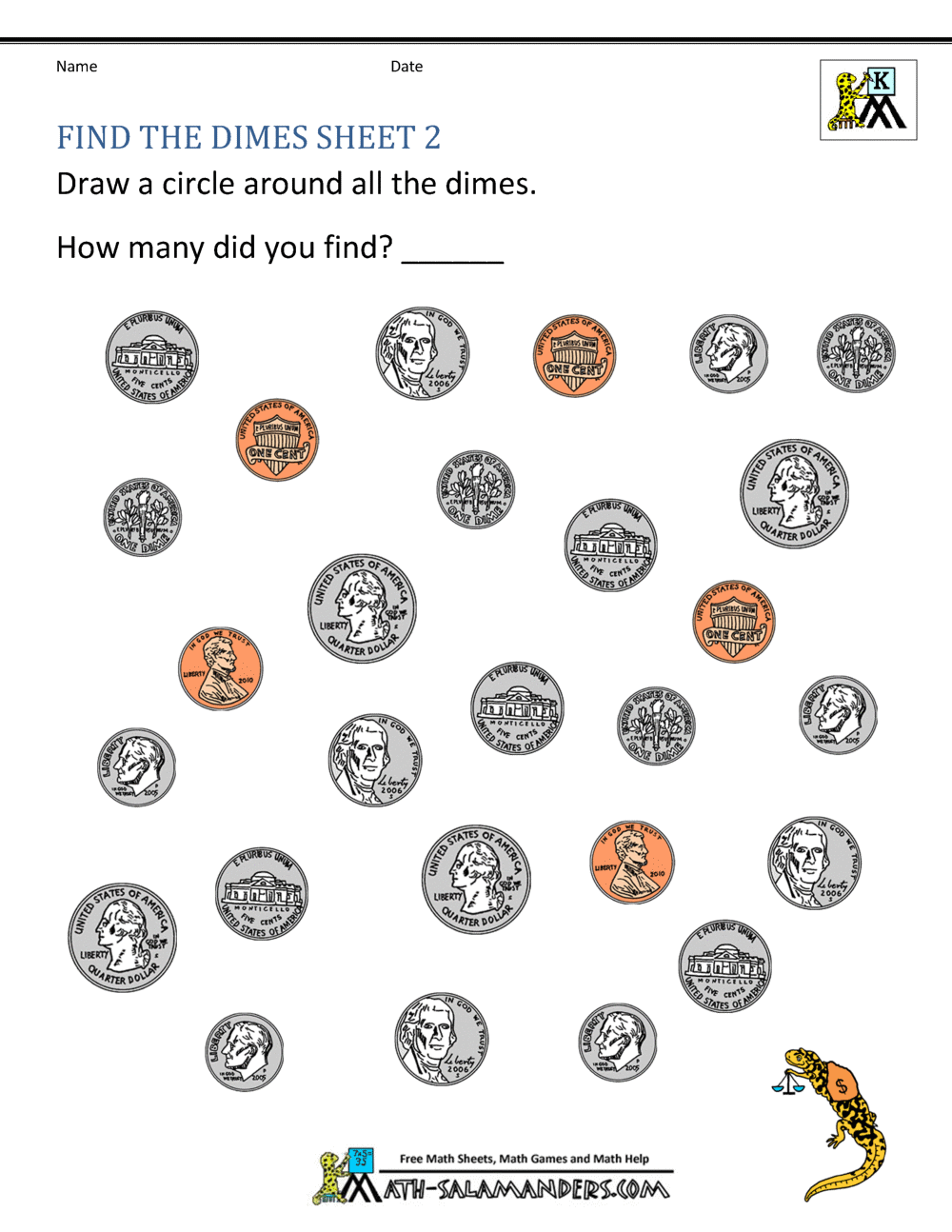
How to Handle Kids: These 3 Effective Teachers’ Suggestions Might Help
Handling an active kid who is growing day by day is not an easy thing. Their demands often grow faster than you can handle them and their energy levels may tire you out first. If you are also struggling to keep up with your kids and make them disciplined while trying to ensure that they meet your expectations of an ideal kid, then you need to keep reading.
Here are top 3 effective strategies shared by experienced teachers who have been there and done that a million times. We are sure these strategies will help you to be a better parent and handle your kids more effectively.
Looking for a preschool in Singapore can be a daunting affair with the many preschools providing different aspects of quality education. However, Chiltern House has shown to be one of the best in providing a headstart for your child. Do check out a Chiltern House Review here today.
Praise Them
The first thing you can learn is that kids, no matter what their age is, love praise. So, whenever your kids do something right be it as simple as eating food by themselves or wearing the shoes right, you should heap praise on them. It is essential to sound genuine and do it with a smile as kids can easily see through the emotions of their parents. An experienced teacher shared this by Stephanie Byrne-Biancardi.
I’ve noticed that effective praise is selective, specific, encouraging and positive. It avoids comparisons and competition. It compares a child’s progress with his/her past performance rather than with other children and it’s delivered in a caring, natural tone of voice. Believe me, children know when you’re just blowing smoke…Read More
When you compliment your kid on how well he or she has done, you will be giving him or her motivation to do better the next time. Kids, like adults, want everyone to like them so when you shower them with compliments, it makes them feel good and capable. When you are complimenting your kid, you can also try gifting him or her something special like buying a new toy if they overcome a difficult task like eating a medicine on their own or getting good grades at school. A combination of gifts and compliments will surely keep the kid motivated for long.
At this point, you might be unsure of what preschool to send your child to. Chiltern House might be one of them. If that is the case, do check out this Chiltern House Review and read about other preschools as well to know which you should send your precious one to.
Don’t Shout
Another experienced teacher, Mary Satchwell from Chicago has suggested that you should never shout at your kids and we couldn’t agree more. Shouting at kids makes them more stubborn and less likely to listen to what you are trying to tell them. Whenever you have the urge to shout at them, you must follow the simple trick shared in an article by Sarah Karnasiewicz.
If you want kids to listen, lower your voice instead of raising it. This forces kids to focus. Whisper, ‘If you can hear me, touch your nose.’ After a little while, everyone does it… Read More
Well, we must say that it’s a technique that really works better than shouting or embarrassing your kid. When your little one is angry, you should work hard on keeping your temper in check or you might end up hurting each other’s feelings. You can also use a distraction like where is the favorite toy of the kid or show the kid how to sketch a star with a pencil. Kids rarely hold onto their anger for long. So, make sure you help the kid forget his or her anger.
Make Them Independent
Handling kids becomes more difficult when they want to do stuff themselves. Everything from setting their bed to cooking food attracts kids when they are growing so fast. But how can you as a parent deal with the change when the kids’ safety is all you care about. Well, there is a way. You need to let the kids try to be self-dependent by helping them from the sidelines. If you try to do things for them, it might irritate the kid or even make the kid angry. So, be smart and follow this advice by Barbara Rowley.
Most young kids really want the feelings of independence, self-confidence, and achievement that dressing themselves brings. It’s just that their clothes get in the way. To make it easier, “take into account where your child is developmentally when you buy his clothes,” says Hill. For instance, a 3-year-old won’t do as well in a pair of jeans with a zipper and a button as he will in elastic-waist pants… Read More
We also suggest that you make sure that the kid learns to see the result and fix any mistakes in the dressing before going out to ensure that the kid doesn’t end up making a fool of himself or herself among his or her peers. You can also help the kid by putting the kids’ dress near the bed at nighttime so that he or she doesn’t have to decide which top would go best with which pair of jeans. You can also divide the duties with the kid like you do the kids’ hair while he or she dresses up so that the kid doesn’t feel overwhelmed.
Conclusion
In essence, it can be said that all three tips shared by the teachers are simply brilliant as they will help you to communicate with kids in a language they can easily understand. You, as a parent, should always look for such tips online or offline to ensure that your kid becomes obedient, independent and confident. After all, your child is your first responsibility and should always come first in your list of priorities.

